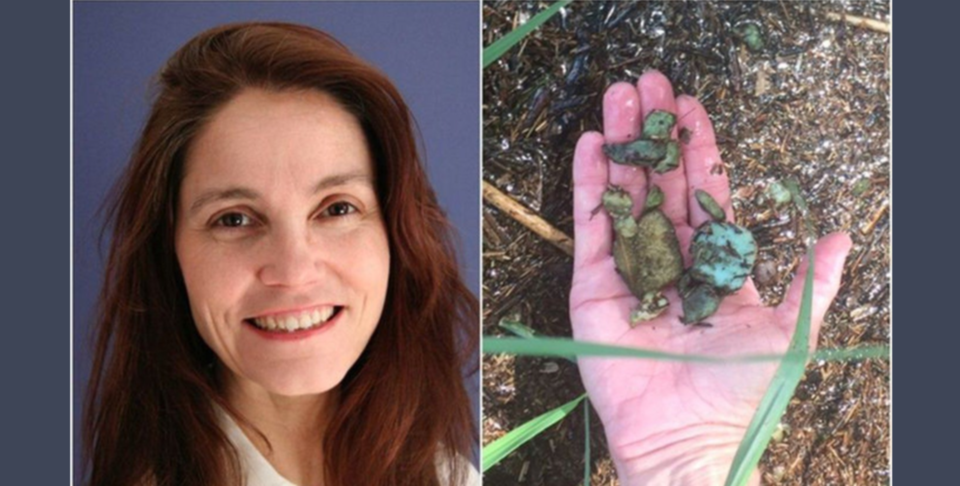The provincial government may pass a new bill to tackle the persistent problem of dock foam pollution in cottage country’s waters, including Georgian Bay.
Bill 228, introduced to Ontario parliament by Parry Sound-Muskoka MPP Norm Miller, aims to regulate how polystyrene foam is sold and constructed for floating docks, to lessen its negative impact on the environment. The Bill is scheduled for its third reading in Parliament this spring.
Several environmental organizations in Georgian Bay spoke in favour of the bill as part of a larger solution to reducing water pollutants in the township.
Here is the problem, explained:
What is dock foam?
According to Heather Sargeant, communications director for Georgian Bay Forever, dock foam is large blocks of buoyant polystyrene foam material that support docks by floating them. It’s a mixture of chemicals, including benzene and styrene, and comes in two types: expanded and extruded, the more common type being extruded, recognizable by its aqua blue colour.
Why is dock foam a problem?
Dock foam is often installed uncovered, or un-encapsulated, which means the foam gets chipped away at into fragments by water, particularly due to waves or storms, and animals.
These fragments pollute waters and litter shorelines with pieces of foam. Sargeant said polystyrene foam is the most identifiable kind of shoreline litter in Georgian Bay. Additionally, the fragments break down further into microplastics, which animals and aquatic life ingest, impacting their survival, growth, swimming behaviour, feeding and reproduction.
What are the solutions?
Encapsulating dock foam is the primary solution: by encasing dock foam in heavy-duty plastic, water action and animals can’t break down the foam. You can also float docks with steel pontoons, which Sargeant said are a good alternative because, unlike dock foam, it can be recycled at the end of its life.
What would Bill 228 do to fix the problem?
The bill would require any person who sells, or offers to sell, a floating dock, platform or buoy to ensure any expanded or extruded polystyrene is fully encapsulated. Anyone who constructs or reconstructs a dock must also ensure the same thing. The goal, Sargeant said, is to cut the emissions of polystyrene foam down to zero.
What can people do in the meantime?
If passed, Bill 228 won’t come into effect for another two years. Until then, Sargeant advises residents to look under their own floating docks, see if the foam is encapsulated or not and make plans to switch the foam out if it isn’t.
“It’s not easy. Docks are expensive and getting rid of them and replacing them is work,” she said, “but given that other solutions are going to last longer and other solutions aren’t going to have these costs to the environment, I think it’s well worth doing."
Zahraa Hmood, Local Journalism Initiative, muskokaregion.com. The LJI is a federally funded program.



